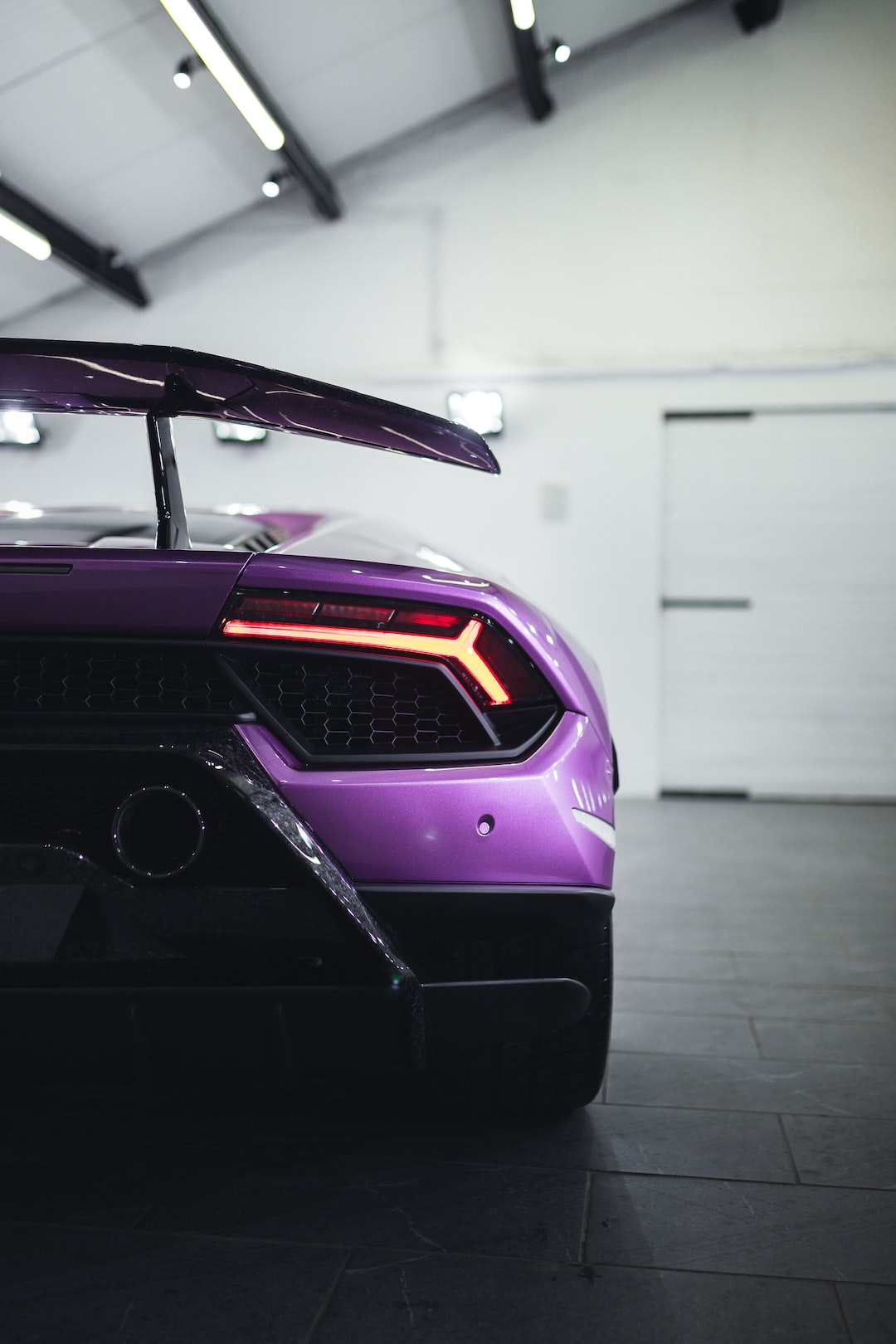Behind the Scenes with Automotive Designers: Creating the Cars of the Future
When we picture cars of the future, we often imagine sleek, streamlined vehicles with cutting-edge features and technology. But have you ever wondered about the creative minds behind these futuristic designs? Automotive designers play a crucial role in shaping the cars we drive, and their work is often a fascinating blend of artistry, engineering, and innovation. In this blog post, we will delve into the world of automotive design, exploring the process behind creating the cars of the future.
Automotive design is an intricate process that begins with brainstorming and research. Designers closely observe current trends, market demands, and consumer preferences. They analyze different cultural influences, technological advancements, and environmental considerations to understand the evolving needs of potential car buyers. This stage helps designers envision the type of vehicle they want to create and set a direction for the design process.
Once a concept is established, automotive designers start sketching their ideas on paper or using computer-aided design (CAD) software. This step allows them to visually explore different shapes, proportions, and details. Sketching is an essential part of the design process, as it allows designers to bring their ideas to life and communicate their vision to the rest of the team.
After the initial sketches, designers sculpt three-dimensional models. These models can be physical clay models, created by hand using specialized tools, or digital models using advanced computer programs. This step brings the design closer to reality, enabling designers to better assess proportions, forms, and lines. It also allows for adjustments and improvements before moving forward with the final design.
Once a three-dimensional model is finalized, designers work closely with engineers to ensure that their vision is compatible with various technical requirements. These requirements include safety standards, aerodynamics, performance, and efficiency. It is crucial for designers and engineers to collaborate throughout the design process, as their expertise combines art and science to create the optimal balance of style and functionality.
The next stage is creating a full-scale prototype. This prototype gives designers and engineers the opportunity to analyze the design from every angle, ensuring that it meets their expectations. They can then fine-tune the design, making necessary adjustments to achieve the desired aesthetic and performance. The prototype undergoes rigorous testing, including wind tunnel simulations, crash tests, and real-world road tests to assess its overall performance and to identify any potential issues that need to be addressed.
Once the design is finalized, automotive designers work closely with manufacturers to transition their vision into production. Designers collaborate with engineers, production teams, and suppliers to ensure that every aspect of the car meets their design intent. From materials and finishes to interior features and exterior details, designers oversee the production process to ensure that the final product reflects their initial concept.
Creating the cars of the future not only requires technical expertise but also a deep understanding of societal and environmental challenges. As the world shifts towards sustainable practices, automotive designers are increasingly incorporating eco-friendly materials and designing electric and hybrid vehicles. They are also exploring alternative modes of transportation, such as autonomous cars and shared mobility solutions. These innovations aim to reduce carbon emissions, improve energy efficiency, and enhance the overall driving experience.
Automotive designers are continuously striving to push boundaries and challenge conventional norms. They envision a future where cars seamlessly integrate with our daily lives, offering not only transportation but also personalized and immersive experiences. From intuitive technology interfaces to advanced driver-assistance systems, these designers are shaping a future where cars become an extension of ourselves, understanding and adapting to our needs in ways previously unimaginable.
In conclusion, automotive designers are the masterminds behind the cars of the future. Their unique blend of creativity, engineering know-how, and foresight shape the vehicles we drive. The process they undergo, from brainstorming to production, involves careful consideration of market demands, technological advancements, and environmental concerns. As designers continue to push boundaries and embrace sustainable practices, the cars of the future are set to revolutionize the way we travel and experience the world around us.

